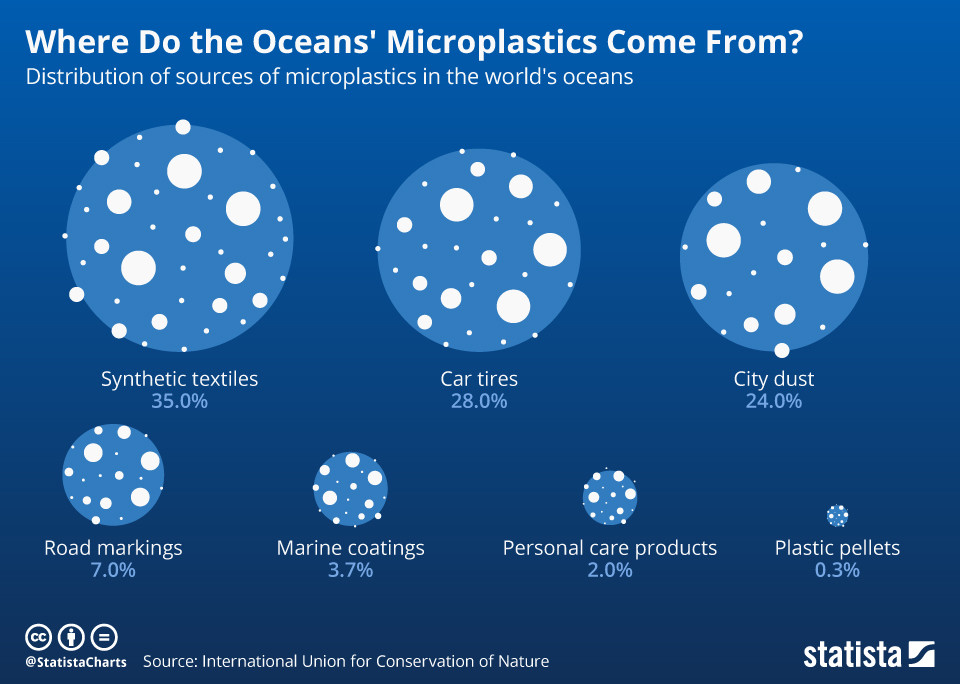
Scientists have formulated a reasonable method to eliminate contaminating microplastics from the Environment using microorganisms (bacteria) to do the work.
Microscopic organisms normally will in general gather and stick to surfaces, and this makes a sticky substance called “biofilm” – we see it each day when brushing our teeth and disposing of dental plaque, for instance. Specialists at the Hong Kong Polytechnic University (PolyU) need to utilize this tacky microorganisms property and make tape-like organism nets that can catch microplastics in dirtied water to frame an effectively expendable and recyclable mass.
Even though these discoveries, introduced on Wednesday at the Microbiology Society’s yearly gathering, are as yet starter, this innovation could prepare for economically bringing down plastic contamination levels over the long haul by basically utilizing something found in nature.
“It is basic to create viable arrangements that trap, gather, and even reuse these microplastics to stop the ‘plastification’ of our common habitats,” said Sylvia Lang Liu, microbiology specialist at PolyU and lead scientist on this undertaking.
Microplastics are the plastic pieces, typically more modest than 5mm, which are unintentionally delivered into the environment during creation and breakdown of, for instance, basic food item sacks or water bottles – or during regular exercises, for example, washing manufactured garments, for example, nylon or utilizing individual consideration items with scouring microbeads in them.
In spite of the fact that they are minuscule, the danger they post to the climate is colossal. Microplastics are not effectively biodegradable, so they stay for significant stretches of time and they additionally retain and aggregate harmful synthetic compounds. They scatter into wastewater and into the seas, imperiling marine creatures who wind up eating them and ultimately streaming into the natural way of life and hurting human wellbeing as well. Microplastics had been found in excess of 114 amphibian species in 2018, as per the International Maritime Organization, and they have been found in salt, lettuce, apples, and the sky is the limit from there.
However, there are no feasible, one-size-fit-all approaches to wipe out microplastics.
With this examination, Liu’s group has designed a bacterial biofilm, from a microbes called Pseudomonas aeruginosa, ready to immobilize and consolidate rebel microplastics skimming around in the water. These microorganism nets trap and gathering the microplastics and make them sink to the lower part of the water. At that point, because of a “catch discharge component” utilizing a biofilm-dispersal quality, the specialists can unlatch the microplastics from the microbes traps and end up with heft of gathered microplastics prepared to reuse.
“This is a truly inventive and energizing use of biofilm designing to address the plastic contamination emergency,” said Dr Joanna Sadler, scientist at University of Edinburgh, who was not associated with this examination. “Probably the greatest test in managing microplastics is catching such little particles so they can be debased and eliminated from the climate. Liu and collaborators have shown an exquisite answer for this issue, which holds extraordinary potential to be additionally formed into a true wastewater treatment innovation.”
Nonetheless, the examination is as yet fundamental: it has been done as a proof-of-idea test in a controlled lab climate and not in the sea or the sewers; and it was finished utilizing the “aeruginosa” microorganisms strain, which is an infection conveying microbes for people and most likely couldn’t be utilized in enormous scope projects. In any case, the analysts are sure that the technique can be duplicated to discover regular biofilm-shaping microorganisms straightforwardly in sewage or other watery conditions and go from that point.
“Regarding the catch of microplastics, it’s an intriguing turn of events,” said Dr Nicholas Tucker, senior instructor in sub-atomic microbiology at the University of Strathclyde, who was not engaged with the investigation. “Regardless of whether it’s adaptable will be intriguing to see.” According to Tucker, there should be more exploration on what kinds of surfaces to become the biofilm on.
Be that as it may, research like this gives a genuine illustration of the numerous utilizations for microbial biotechnology and what enormous accomplishments minuscule microorganisms can achieve. “As a rule, this shows that organisms can and will assume a part in each phase of the existence pattern of plastics,” Tucker said.

Leave a Reply